TABLE OF CONTENTS
Grow room odor control can be dealt with in many ways. Cannabis plants produce prodigious amounts of unique and delicious terpenes, and their odor can be quite strong.
You can take basic steps to minimize the aromas of your growing plants.
When Does Cannabis Start to Smell?
During the early stages of a cannabis plant’s life, there is no detectable cannabis odor. Once you germinate seeds, plant them, and have young plants, odor levels remain very low most of the way through the vegetative phase of growth.
Late in veg mode, when the plants are a foot or slightly taller, odor continues to remain minimal with most strains. At this stage of the grow, however, you can monitor emerging odors quite easily.
Take your index finger and very gently rub it against the main stem of the plant, supporting the stem so it doesn’t bend or become damaged in any way. Then give your finger a sniff. Even at this early stage, you will most likely detect a musky, sweet, and skunky aroma.
The sweet dankness you detect from the main stem is an indication of things to come. The plant, regardless of its sex, is starting to create terpenes. These terpenes will become increasingly evident as the plants grow, particularly with female plants with large flowers.
When you put the plants into the flower phase by cutting back on their daily exposure to light (12 hours of light to 12 hours of darkness), terpene production really starts to kick in.
Once your plants reveal their sex (assuming you’re growing normal rather than feminized seed), you will soon end up with female plants that will produce sticky, dank flowers rather quickly. By a few weeks into flower, the odor of your grow may be quite strong.
As the flowers start to swell and put on a frosty coating of trichomes, terpene aromas will rise steadily. If you are in a situation where you want to minimize cannabis odors, now is the time to be vigilant about odor control. When you are outside of your home or when you enter it, take a deep sniff.
If you can smell it, others most likely can, too. If keeping your grow undetected is necessary, there are some steps you can take to minimize the smell.
Choose Your Strains Wisely
When it comes to aroma, all strains are not created equally. Some are much more pungent and aromatic than others.
Skunky indica strains like Afgooey emit the strongest cannabis odors, while sweet sativa-dominant strains like Jack Herer and Pineapple Punch are less likely to draw attention to your grow.
Although strong terpene aromas are usually a telltale sign of potency, numerous outstanding strains deliver in the THC department without making your house reek like a skunk.
Consult with other growers you may know or inquire with a seed bank or dispensary about high-THC strains that you can grow without drawing attention to your garden.
New cannabis strains are created each year, so there are more choices now than ever before. Whether you go with an old-school favorite or a popular new strain, you will have plenty of options.
High Odor Cannabis Strains
Here’s a list of strains with some of the strongest and most pungent strains available:
- Sour Diesel
- AK-47
- Super Skunk
- Cheese
- Blue Cheese
- Raspberry Kush
- Sour Cheese
- Grandpa’s Breath
- White Rhino
- Great White Shark
- Ace of Spades
- Black Widow
- Cat Piss
- Acapulco Gold
- Violator Kush
- Lemon Skunk
- White Russian
- Chemdawg Sour Diesel
- Space Queen
Low Odor Cannabis Strains
Low odor strains are especially helpful for outdoor growers who have limited odor management options available. If you’re looking for a strain that produces the least amount of odor, check out these low odor strains:
- Northern Lights
- Durban Poison
- Blue Mystic
- Papaya
- Sharksbreath
- Master Kush
- Jack Herer
- Auto Duck
- Green Crack
- Snow White
- Pure Power Plant
- Hash Bomb
- Nicole Hindu Kush
- Royal Creamatic
- Polar Express
- Quick One
Temperature and Humidity
Odor control plans are a requirement for obtaining a cultivation license in some legal states. Odor control plans for commercial growers are designed to the facility’s unique specification and needs. Cannabis cultivators use large-scale HVAC systems to regulate temperatures and dehumidifiers to keep humidity levels in check.
For home growers, one of the first steps toward creating an effective odor mitigation plan is to check your garden’s temperature and relative humidity. High temperatures and relative humidity can worsen any pre-existing odor problems in your grow during the flowering stage.
Plants in their vegetative stage won’t emit nearly as much odor as when the plant begins to bloom and grow trichomes.
Air circulation is crucial in maintaining the proper temperature and humidity control. If you’re growing inside, your lights will produce heat in varying amounts depending on what lights you have.
Fluorescent and LED lights produce less heat than high intensity discharge (HIDs) or ceramic metal halide bulbs. Make sure your lights aren’t too close to your plants to avoid overheating your buds.
Standing and oscillating fans, as well as ducted intake and exhaust fans can move air through your grow every few minutes during the vegetative and flowering stage. The air circulation will move CO2 out of your garden and keep your plants from frying under the heat of the lights.
Fans carry CFM ratings which indicate how much cubic feet the fan is able to move through a space in a minute.
Odor Control Gels and Neutralizing Sprays
Circulation and ventilation in the world won’t reduce your garden’s pungent smell. Many growers use odor management products that don’t eliminate the smell, but cover it.
Ona gels are products used to cover the smell of marijuana outside of your grow space. Ona gels come in a couple of scent options: fresh linen and apple crumble.
Ona gels are not intended to be used inside the grow room next to flowering plants because the buds can take on the gel scent and ruin your crop’s intended aroma and flavor. Gels should not be a complete replacement for air filtration.
Additionally, weed smell eliminating sprays are not recommended for everyday use, but can provide some smell control outside the grow room for a few hours when you’re in a bind.
Air Filters and Ionizers
If you have a strong desire to grow strains known for high odor but want to remain as discreet as possible, an investment in air purification is your best course of action. Regardless of whether you employ carbon/charcoal filtration or ionized air purification, these devices can go a long way to limit or nearly eliminate air impurities, depending on how much you are willing to spend.
Numerous options are available to home growers. Some are created specifically to service grow rooms. Depending on the size of your grow, there are industrial-strength carbon air filters that will provide pure air to even the largest grow spaces.
Ionizers and carbon air filters purify air differently, so a little research and considering the overall size of your grow space will go a long way to ensuring your cannabis plants remain undetected.
Of course, once cured and sealed in jars, you can enjoy the mouth-watering strain-specific terpenes found in your flowers. This is the time when you can relax and enjoy the fruits of your labor.
How To Keep Your Cannabis Grow Room Odor Free
In order to keep both humans and plants healthy and to avoid drawing unwanted attention, it is essential to control the odor in a cannabis grow room. Here are a few efficient techniques:
Air Filtration
The most popular and efficient technique is to use carbon filters, which work by trapping odor molecules in the activated carbon as air flows through them. Select a filter for your grow area that is the right size and capacity.
HEPA filters
These remove dust and pollen from the air, which can cause an unpleasant smell. Although they provide many advantages, they are not as good at controlling odors as carbon filters are.
Ozone generators
These produce ozone, which is an effective oxidant that degrades smell molecules. Ozone, however, can be dangerous to people and plants, so use it with caution and according to safety precautions.
Airflow
Install exhaust fans to get rid of the grow room's odor-filled air. Make sure there is enough airflow by arranging and configuring the fans correctly.
Intake fans
Add intake fans to exhaust fans in order to give plants fresh air and avoid negative pressure, which can attract unpleasant smells.
Air purifiers
Although they are not the only answer, air purifiers can aid in further cleaning the air and removing odor molecules.
Odor neutralizers
Rather than hiding odor molecules, these products neutralize them using chemical or natural substances. Select secure and eco-friendly solutions.
Sprays and gels
You can use odor-neutralizing sprays and gels directly on surfaces or in combination with ventilation devices.
Plants
You can cultivate a variety of odor-masking plants surrounding the grow area, including as lavender, rosemary, and basil.
Sealing the grow room
“
There are over 300,000 jobs in the cannabis industry. CTU trained me for one of them!

Makes $24.50 @ THC +
You may stop smells from escaping by caulking any openings or crevices around windows, doors, and air ducts.
Negative air pressure
Make sure exhaust fans remove more air from the grow room than intake fans do. This will keep the air pressure in the grow room negative.
Retain proper hygiene
To get rid of odor sources like plant detritus and spilt water, clean the grow room and its equipment on a regular basis.
Biosecurity
Put biosecurity measures in place to stave against illnesses and pests, which can lead to offensive odors.
While you are growing your cannabis plants you may want to enjoy the flavors of your grow room by smelling your flowers, but not sharing the aroma with your local community!

Luis Cordova
Luis Cordova is a distinguished author, and renowned expert in cannabis cultivation, who possesses a Master's degree in Plant Biotechnology and Pharmaceutical Science. As a valued contributor to highly esteemed publications such as Cannabis Training University and Maximum Yield Magazine, Luis has emerged as a trusted source of guidance and knowledge in the cannabis industry. Having written thousands of informative articles, Luis is widely recognized for his comprehensive expertise on cultivating cannabis, both indoors and outdoors.


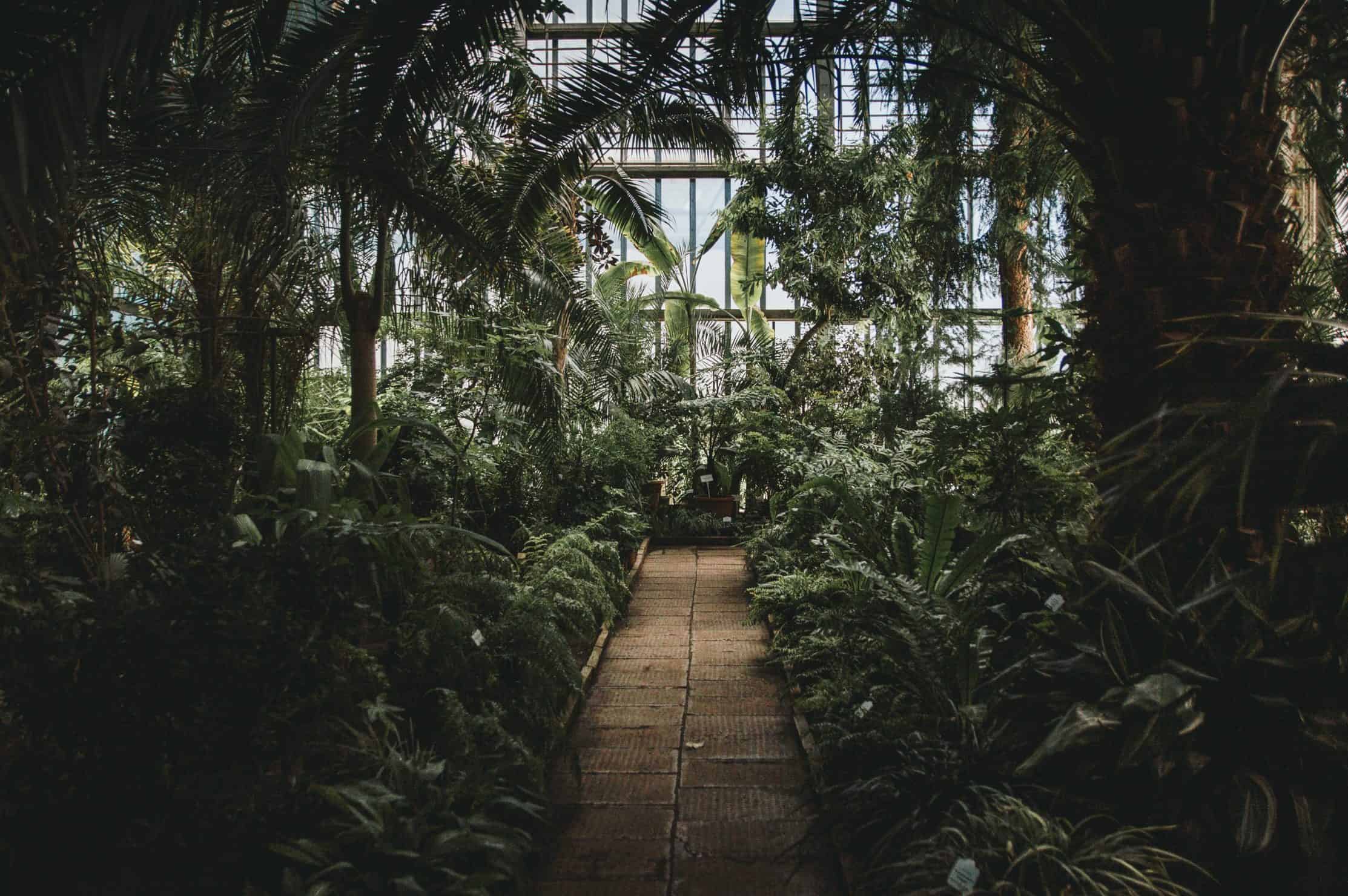
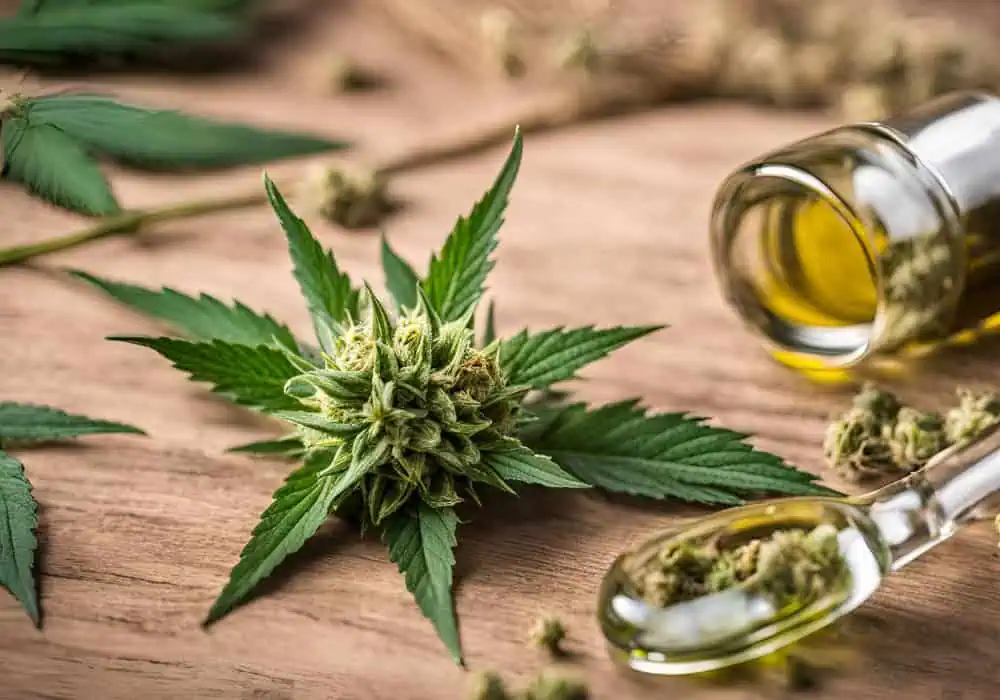
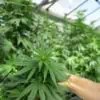

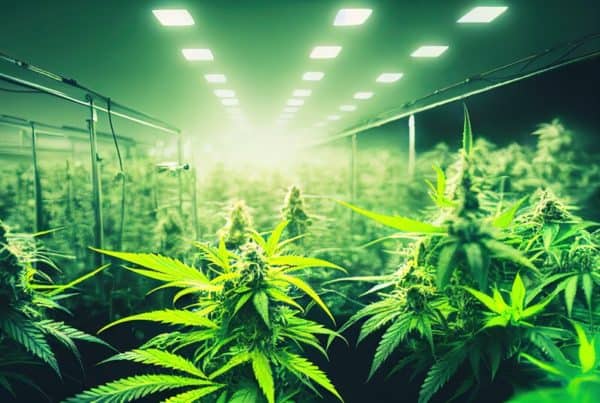
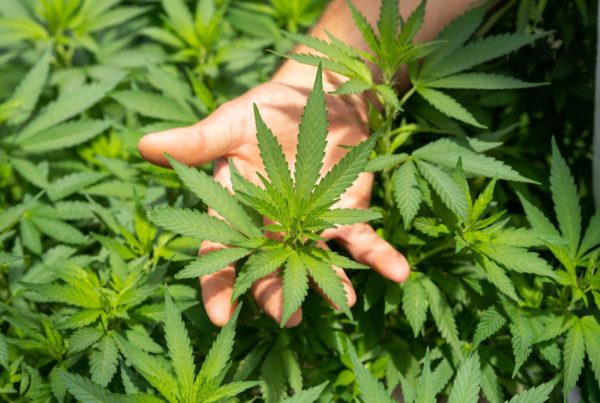
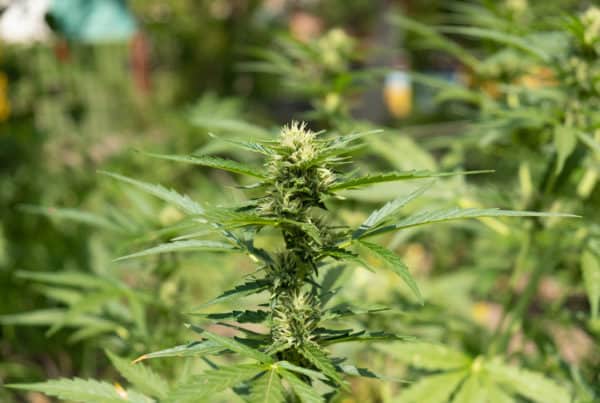



 Jeff was involved in an accident where he endured a traumatic brain injury. He had a week-long stay in ICU where brain surgeons
Jeff was involved in an accident where he endured a traumatic brain injury. He had a week-long stay in ICU where brain surgeons  100% risk free money back guarantee within 48 hours after purchase if student has not completed any of the courses or exams.
100% risk free money back guarantee within 48 hours after purchase if student has not completed any of the courses or exams.